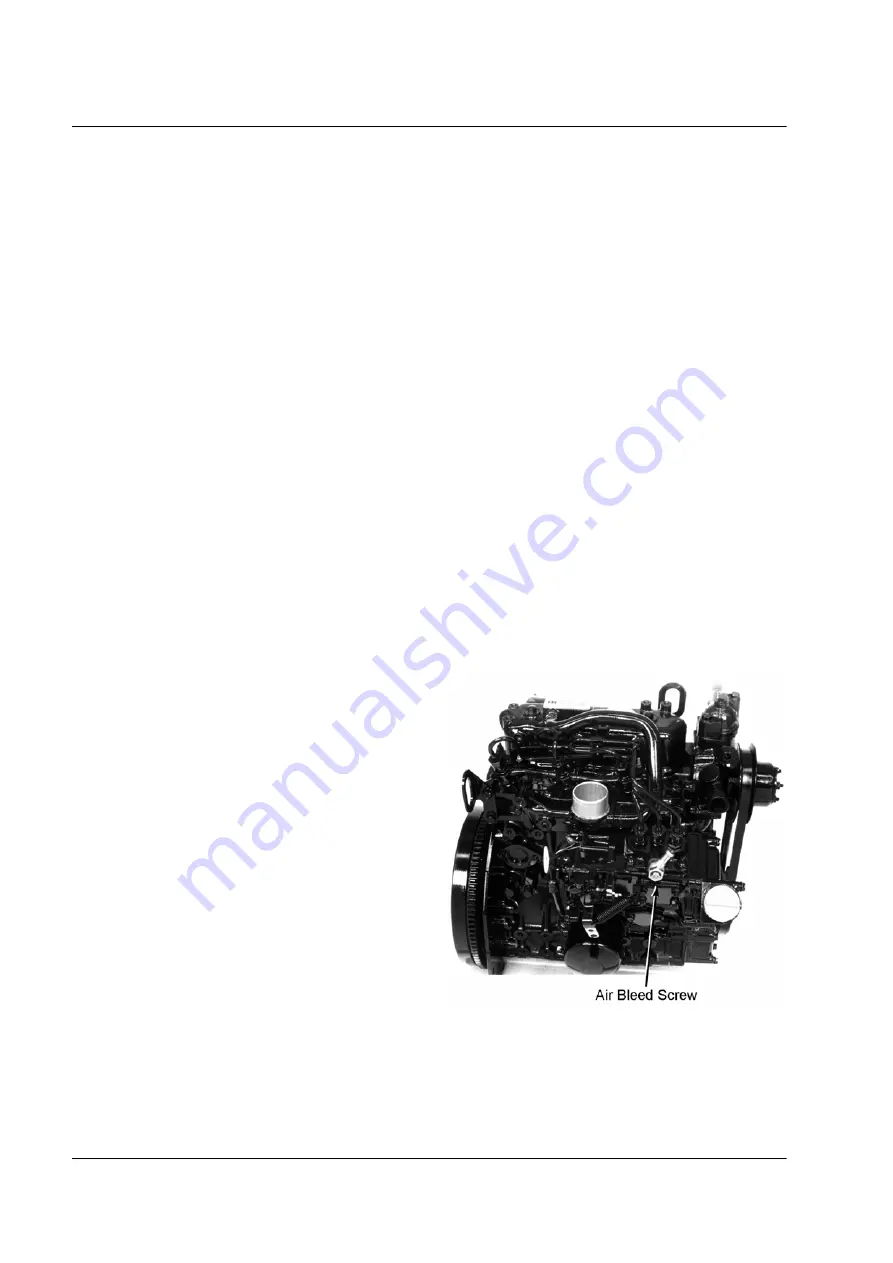
Fuel System (Rev 1/97)
86
The electric fuel pump pressurizes the fuel to approximately
10 psi (69 kPa) and forces the fuel through the fuel filter to
the injection pump. The injection pump forces the fuel, at a
very high pressure, through the injection nozzles. The injec-
tion nozzles atomize the fuel as it is injected indirectly into
the combustion chambers through the prechambers.
The system uses a Bosch in-line injection pump. The injec-
tion pump camshaft is driven at one end by the engine’s tim-
ing gears. The cam lobes actuate the plungers, which force
fuel through the injection nozzles. A governor assembly is
connected to the other end of the injection pump camshaft.
The governor meters the amount of fuel delivered to the
injection nozzles by controlling the position of the plungers.
The fuel system is relatively trouble free and, if properly
maintained, does not usually require major service or repair
between engine overhauls.
The most common cause of problems in the fuel system is
contamination. The fuel must be clean, the fuel tanks must
be free of contaminants, and the fuel filters must be changed
regularly. Any time the fuel system is opened, all possible
precautions must be taken to keep dirt from entering the
system. All fuel lines must be capped when disconnected.
The work should be done in a relatively clean area and the
work should be completed in the shortest time possible.
Thermo King recommends that any major injection pump or
nozzle repairs be done by a qualified diesel injection service
shop. The investment in equipment and facilities to service
these components is quite high. Therefore, this equipment is
not found in most repair shops.
The following procedures can be done under field condi-
tions:
1. Bleeding air from the fuel system.
2. Maintenance of the fuel tank and fuel filter system.
3. Speed adjustments.
4. Electric fuel pump repair or replacement.
5. Injection line replacement.
6. Injection pump timing and minor repair.
7. Injection nozzle testing, adjustment, and minor repair.
Bleeding Air From The Fuel System
Air usually gets into the fuel system when the engine runs
out of fuel or if repairs are made to the fuel system.
NOTE: Be sure to keep the vent in the fuel tank open. If
the vent becomes clogged, a partial vacuum develops in
the fuel tank. This increases the chance that air will enter
the fuel system.
Use the following procedure to bleed air out of the fuel
system.
1. Loosen the air bleed screw or the inlet fitting on the
injection pump.
Air Bleed Screw Location
aea332
















































